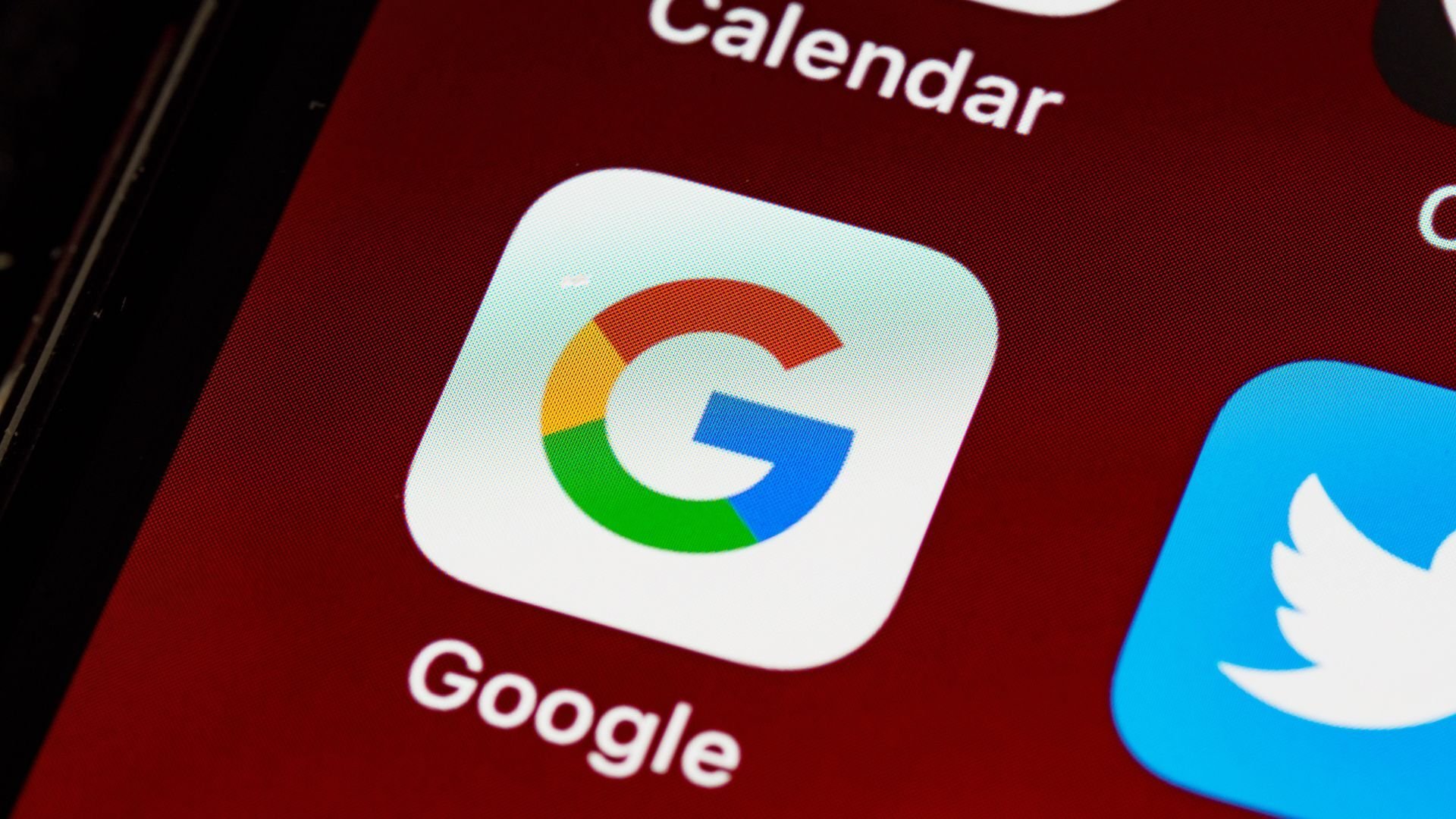How Long Does it Take for Google Ads to Work?
Google Ads typically take about 90 days to gather data and optimize, with full results often seen within 4–12 months, depending on budget, targeting, and campaign strategy.
Running Google Ads can be a highly effective strategy for businesses looking to increase visibility, attract new customers, and drive sales online. However, many business owners and marketers are often eager to see immediate results, leading to the common question: How long does it actually take for Google Ads to work? The truth is, Google Ads is not a “set it and forget it” platform—its success depends on several factors, including campaign structure, audience targeting, ad budget, competition in your industry, and the ongoing optimization of your ads.
When you launch a Google Ads campaign, your account first goes through a learning phase where Google gathers data to understand your business, your target audience, and the types of users most likely to engage with your ads. This initial phase usually lasts about a week, but it’s just the beginning. From there, campaigns typically take around 90 days to gain momentum, with full results often seen within four to twelve months. During this time, Google continuously collects data, refines targeting, and determines the most effective way to deliver your ads to the right audience.
Related Article: Google Ads Specialist
DELEGATE SMART. SCALE FAST.
The step-by-step guide to reclaim your time and grow with confidence.
How Long Does it Take for Google Ads to Work?
If you're curious about the time it takes for Google Ads to produce results, it may be surprising for you to learn that a successful Google Ad campaign typically requires a minimum of 90 days to fully develop and then an additional four to 12 months to flourish into a robust campaign.
In essence, Google necessitates this duration to accumulate ample data and determine the most optimal method of presenting your ad to the appropriate audience.
Step 1: Get Through the Learning Phase
Upon signing up for a Google Ads account, it is typically expected that Google will review and approve your new account within a span of 24 to 48 hours.
Once your account receives approval, Google enters a "learning phase" that lasts for approximately seven days. During this phase, Google aims to accomplish several objectives: understanding your chosen topic, gathering essential data about your business, and studying your target audience. The duration of this process can vary, particularly based on the complexity of your target audience or the size of your business.
During the initial onboarding period, your daily budget will only be allocated a small portion of desired clicks and impressions, as Google does not exhaust your entire budget right from the start. Nonetheless, you can anticipate receiving a few clicks per day per ad group. If this number is not met, it may be worthwhile to review your campaign setup and budget.
Related Article: 7 Easy Steps to Identify and Target Potential Customers
Step 2: Optimize Your Campaign
After the initial week, Google will continue to run your ads and collect valuable data. However, it's important to note that the flood of leads won't typically occur immediately after the first seven days. Generally, it takes approximately 90 days for Google Ads campaigns to gain momentum.
During the early stages of your ad campaign, it is advisable to avoid making excessive modifications. Allowing Google to gather abundant data without triggering the learning phase repeatedly is key when updating your account.
Nevertheless, minor adjustments to keywords, ads, or ad groups typically do not prompt a learning period. This means you can spend the following couple of months making optimization changes to aspects such as target audiences, target keywords, negative keywords, location, and ad copy.
Step 3: Grow Your Results
After investing significant effort and optimizing your ad campaign, you can expect to witness the outcomes materialize after approximately three months.
Once you have identified an advertisement strategy that yields desirable results, it is advantageous to expand its implementation on a broader scale. If you are satisfied with the outcomes of your optimized campaign, it may be worthwhile to allocate additional resources to reach a larger pool of potential customers and attain sustainable success.
Conversely, if you find yourself dissatisfied with the results generated by your ad campaign, now is an opportune moment to reassess and implement more substantial changes.
Related Article: How To Optimize Your Google Ads Campaigns For Better ROI
How to Measure Google Ads’ Effectiveness?
1. Use survey data to identify the real reach of your marketing campaign
The term 'reach' pertains to the number of individuals who have been exposed to a company's advertising.
Measuring the reach can be more straightforward for certain types of ads compared to others. Quantifying the reach of digital ads can be more challenging. In such cases, survey data plays a crucial role. Surveys allow you to identify individuals who have encountered the ad, inquire about their experience, and, importantly, determine if they recall the brand.
2. Find the frequency sweet spot
Data on effectiveness assists in determining the optimal level of exposure, often referred to as the 'sweet point.' Tracking the frequency of exposure is crucial in identifying the ideal number of impressions required for the desired impact without encountering issues like over-exposure and audience fatigue. Achieving an optimal balance is key.
To gain a comprehensive understanding of whether an advertising campaign is successful, a combination of passively-derived analytics and active survey data is necessary. These two approaches collectively provide valuable insights into the effectiveness of the campaign and enable an accurate assessment of its impact.
3. Evaluate the true impact of your campaign against your goals
Whether your objective is to cultivate brand affinity, enhance brand equity, promote a specific offer, or drive product sales, gathering the appropriate data is essential. In this regard, survey data plays a pivotal role as it allows you to inquire directly about specific aspects with your audience, providing insights that behavioral data alone cannot fully capture.
By leveraging survey data, you can ask precise questions tailored to your campaign objectives and gather feedback from a significant sample of your audience. This approach enables you to assess the extent to which your campaign has achieved the desired impact, offering a clear perspective. Furthermore, it empowers you to draw broader assumptions based on the collected data, providing valuable insights for future marketing endeavors.
4. Measure ROI with confidence
ROI (Return on Investment) and impact are closely interconnected, although they are not synonymous. The desired impact of an advertising campaign ultimately contributes to a positive ROI. Consequently, when assessing advertising effectiveness, it is crucial to gather separate data for both aspects.
Collecting data separately for ROI and impact allows for a comprehensive evaluation of advertising effectiveness, as it captures the financial outcomes and the broader effects of the campaign. This distinction enables a more nuanced understanding of the campaign's performance and its contribution to achieving both measurable financial success and broader brand objectives.
5. Identify which campaign metrics need improvement
Relying solely on behavioral analytics and superficial metrics provides limited insights into the effectiveness of digital campaigns. Instead, brands should strive for a more holistic solution that considers a broader range of factors. This approach entails incorporating various metrics, such as engagement rates, conversion rates, customer feedback, and brand perception. By adopting a more comprehensive strategy, brands can gain deeper insights into the true impact and effectiveness of their digital campaigns.
6. Identify which media types are most valuable
in most campaigns, there exists a diverse range of creatives and media formats, spanning from social ads and banner ads to video ads and beyond. Categorizing and distinguishing between these various media types is instrumental in pinpointing the strengths and weaknesses within the campaign.
By differentiating media types, marketers gain the ability to analyze each element independently and assess its performance. This focused approach allows for a granular evaluation of the effectiveness of different media formats, unveiling insights into what aspects are particularly impactful and which ones may require improvement.
How to Boost Ads?
1. Test Price In Your Feed
Reducing your price has the potential to increase your clickthrough rate significantly, as individuals tend to be drawn toward more affordable options. By adjusting your pricing strategy and considering the flexibility of your profit margin, you may experience a doubling of your clickthrough rate.
2. Change Your Price’s Ending Digits
By altering the final digits of your listing price to seven or nine, you have the potential to amplify both click-through rates and conversions. This phenomenon can be attributed to the psychological inclination of consumers towards odd numbers, particularly the number seven. Leveraging this psychological bias can effectively capture the attention of potential buyers, driving increased engagement and ultimately leading to higher conversion rates.
3. Use Keywords In Landing Page Headlines
Incorporating relevant keywords into your landing pages can significantly enhance your conversion rates by up to 40% or even higher. This optimization technique enables you to extract greater value from the existing traffic generated by your advertisements. By strategically integrating keywords that align with user intent, you can effectively capture the attention of visitors and encourage them to take desired actions, resulting in a substantial increase in conversions.
4. Use Product Keywords To Scale Results
A significant majority, approximately 85%, of customers are driven by one keyword type. This indicates a valuable opportunity for you to expand your market share in the local area by targeting and attracting new long-term buyers who are actively searching for specific items that you offer. By capitalizing on these individual search queries, you can enhance your chances of acquiring a larger customer base and establishing a stronger presence in the market.
5. Use Location In Your Ads
When searching online, the ability to provide immediate or significantly faster access to your products can effectively drive customers to your physical store. This unique advantage yields a remarkable 100% higher click-through rate (CTR) compared to your competitors. By emphasizing the availability and prompt delivery of your offerings, you can capture the attention of potential customers, compelling them to choose your store over others and ultimately boosting your CTR.
Conclusion
Smart Virtual Assistants
👍🤵
Smart Virtual Assistants 👍🤵
In conclusion, the effectiveness of Google Ads campaigns depends on various factors, including competition, budget, targeting, and optimization efforts. While some businesses may experience immediate results, it's essential to understand that the timeline for achieving desired outcomes can vary.
Patience and persistence are key when it comes to Google Ads, as results may not be instantaneous. Normally, it often takes time for campaigns to gain traction, reach the right audience, and deliver the desired ROI. Thus, monitoring and adjusting your strategies along the way is crucial for success.
However, if you've been running your Google Ads for an extended period and are still not seeing the desired PPC results, it may be time to seek assistance. Consider reaching out to a Google Ads Specialist from SMART VAs. Our experts can provide valuable insights, analyze your campaigns, and offer targeted solutions to optimize your performance and maximize your ROI. Book a call now!
What if you could reclaim 40 hours this month?
Find out inside this free guide.
Frequently Asked Questions
-
Google Ads campaigns usually enter a learning phase for about 7 days, during which initial data is collected. While you may see some clicks early on, meaningful results typically take around 90 days.
-
It’s normal for campaigns not to produce instant results. Google needs time to gather data, optimize targeting, and find the best audience for your ads. Patience and ongoing adjustments are key to long-term success.
-
Yes, by properly optimizing your keywords, ad copy, audience targeting, and using data-driven adjustments, you can accelerate performance. Our experts can help identify strategies to improve results faster.
-
You can measure effectiveness using a combination of survey data, analytics, ROI tracking, and campaign metrics. Monitoring impressions, clicks, conversions, and audience engagement helps determine if your campaign is achieving its goals.
-
While it’s possible to manage campaigns yourself, partnering with Google Ads specialists ensures that your campaigns are set up, optimized, and scaled effectively, saving time and maximizing ROI.
Ready to Work Smarter, Not Harder?
Smart VAs provides a team of highly skilled specialists from around the world, ensuring seamless support no matter the time zone. We take pride in delivering efficient, fast, and high-quality service so you can focus on growing your business. With one subscription plan, you gain access to a complete team of digital marketing experts that’s customized to your unique needs, eliminating the need to train and look for one yourself!








